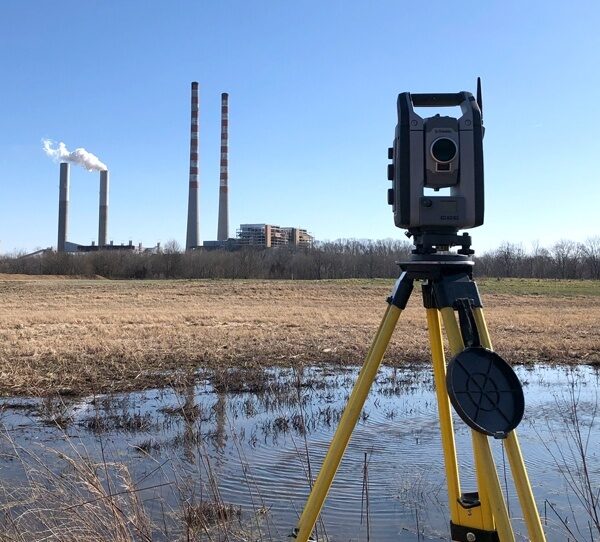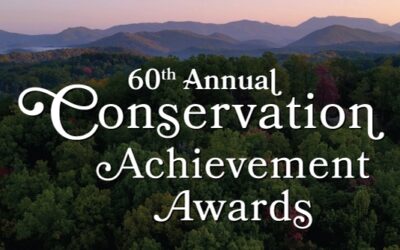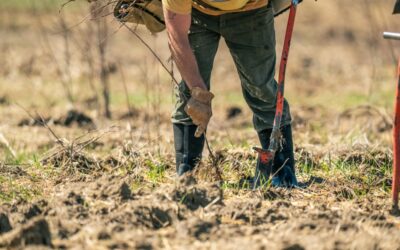More than half of Tennessee’s natural wetlands have been destroyed.
Restoration is key to ensuring this ecologically and economically significant habitat is not lost.
Tennessee Wildlife Federation recently restored nearly 100 acres of poor-quality agricultural fields to functioning wetland habitat. Almost 15,000 trees and shrubs were planted as part of the restoration efforts.
Habitat restoration projects such as this are all the more imperative now, given the rapid development happening in Tennessee. Wetlands are critical to absorbing flood waters, for wildlife habitat, and to filter sediment and pollutants from our water supply.
Wetlands are critical to absorbing flood waters, for wildlife habitat, and to filter sediment and pollutants from our water supply.
“As I was working on-site, it was incredible to see all of the wildlife returning during each of my visits. A poor quality field is now a functioning wetland again,” said Chris Roberts, director of conservation, Tennessee Wildlife Federation. “The property is home to numerous waterfowl species, osprey, a bald eagle nesting site, turtles, frogs, and more. Moreover, given that the property is adjacent to River Bend Recreation Area, the restoration of this private land extends the habitat for wetland plants and wildlife by connecting private and public lands.”
About the Site
The privately-owned site is located in the floodplain of the Cumberland River in Stewart County, Tennessee. Shrubs and trees were chosen to provide forage and cover for wildlife. The project team planted buttonbush, silky dogwood, blackgum, swamp white oak, swamp chestnut, willow oak, and American elm.
The wetland complex on site was partially filled in in the 1960s when the Cumberland River was channelized, leaving the land less attractive for wildlife. Draining and filling wetland habitats were commonplace at that time, as the importance of wetlands was not fully understood. At one point, Tennessee had lost nearly 60 percent of its wetlands. This project, in essence, brings this land full-circle to reverse the dredging impacts and restore it to a thriving habitat for wildlife. Winn Materials donated the rock needed to create wetland outfalls and facilitate the wetland structures.
Tennessee Wildlife Federation’s Habitat Restoration and Conservation program’s science-based approach works to restore and conserve habitat for wildlife and people. The Federation partners with private landowners and public agencies to restore habitat in all four major habitat types in Tennessee—wetlands, grasslands, forests, and streams. Landowners who are interested in restoring habitat on their property can benefit from the Federation’s decades of experience in habitat restoration.




